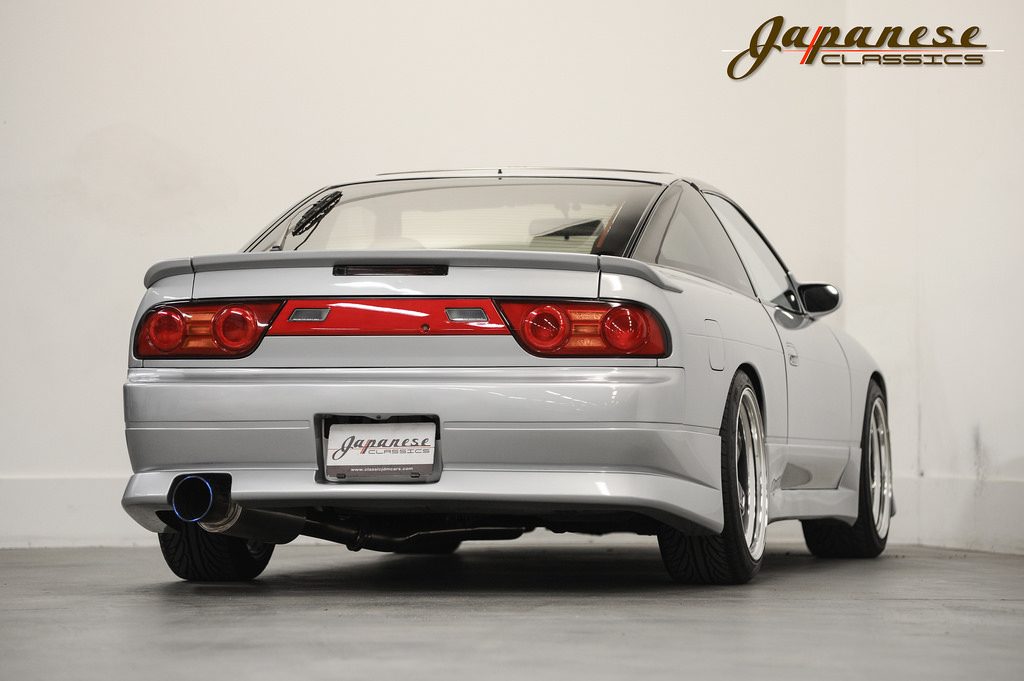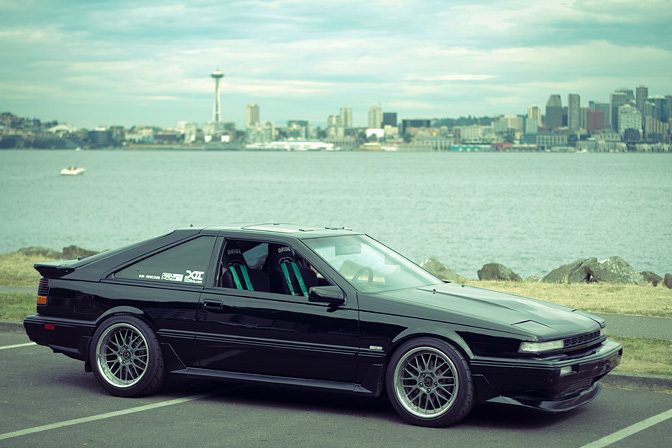- 1,695

- Connecticut
- GroupB
The original NSX was supposed to be a more civilized, more metropolitan counterpart to the various European mid-range supercars of its time. Introducing VTEC to the world of supercars and benefitting from an all-aluminum construction, it was supposed to make its main rivals, the Ferrari 328 and Porsche 911, look dated and pedestrian. Well, too bad that Ferrari introduced the 348, and Porsche updated the aging 930 in 1989, one year before the debut of the now-underpowered and not-all-that-futuristic-looking car.
I have never heard the NSX history presented this way before. The generally accepted version is that the 348 was a fat, slow, and complacent product and the NSX put the fear of God in Ferrari, resulting in the F355.






